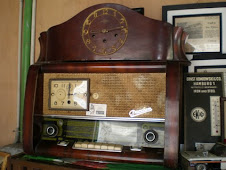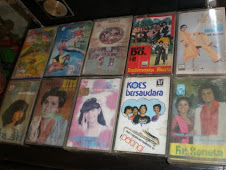VM - Made in USA
Need repair
The first commercially successful record changer was the "Automatic Orthophonic" model by the Victor Talking Machine Company, which was launched in the USA in 1927. On a conventional gramophone or phonograph, the limited playing time of 78 rpm gramophone records meant that listeners had to get up to change records at regular intervals. The Automatic Orthophonic allowed the listener to load a stack of several records into the machine, which would then be automatically played in sequence, providing a long uninterrupted listening session.
By the late 1950s, in the USA, Garrard and Dual dominated the upscale record changer market. From the late 1950s through the late 1960s, VM Corporation (Voice of Music), of Benton Harbor, Michigan, USA, dominated the lower priced original equipment manufacturer (OEM) record changer market, in the USA. VM (Voice of Music) record changers were sold mostly to OEM audio manufacturers, such as Zenith, placed in consoles, portable, and compact low to mid-priced stereo and mono systems, and were not labeled with the Voice of Music trade mark on the record changer. Outside of the USA, VM record changers technology was licensed to several record changer manufacturers. Telefunkin, of then West Germany, was one such company to sign a licensing agreement with VM Corporation. By the late 1960s (1968), BSR displaced VM as the world largest record changer producer, and dominated the OEM record changer market, also, in the USA.
Call or email for prize : +62 21 98729927, kedaitempodoeloe@yahoo.com
























































